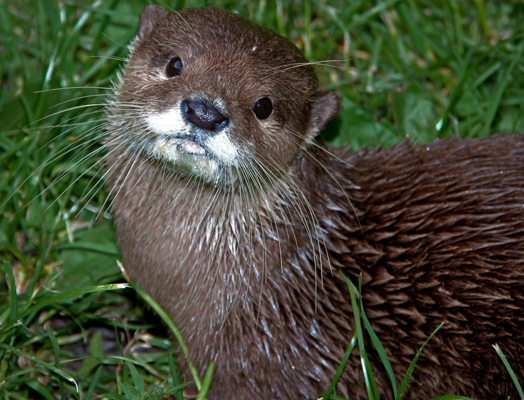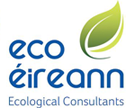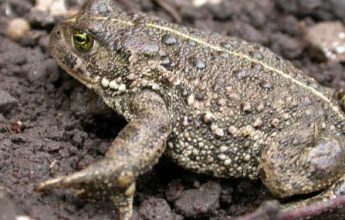
Protection
Otter are protected under:
- The Wildlife Act 1976 and Wildlife (Amendment) Act 2000
This legislation makes it an offence to deliberately or recklessly kill, harm, or take an otter from the wild. It is also and offence to deliberately or recklessly destroy or obstruct a breeding or resting place.
When do I need to get in touch?
Otter are a riverine species and are often present near waterways. Otter also shelter woodland close to waterways. If you are planning works near these habitats or are unsure as to whether otter could be present, get in touch and we will happily guide you through the process.
Additionally, a site’s potential to support otter is will be identified as part of a Preliminary Ecological Appraisal.
How can EcoÉireann help me?
EcoÉireann are experienced and able undertake all types of otter surveys, licencing, and mitigation under current best-practice guidelines NPWS.
Otter are a European Protected Species (EPS). A licence is not required to undertake surveys for otter where surveys use non-invasive techniques. Where techniques used to survey otter may result in direct disturbance of otters within a holt or a couch, a disturbance licence may be required.
Different techniques exist to survey otter, the most commonly used of which is a detailed search for field signs. Field signs include: spraint (droppings which are commonly left on rocks in a watercourse), prey remains, holts and couches (places of rest and shelter; holts are underground, couches are above ground), and footprints. Typically, a surveyor will wade upstream, carefully searching for any of the above signs.
Camera trap surveys are also highly useful in ascertaining whether otter is present on a site. Motion activated cameras are deployed in areas suspected to be of use to otter, left for several days, and then retrieved. Images and footage are then analysed and reported on. Should cameras be deployed to directly observe a rest site, a licence will be required as deployment and/or retrieval may result in disturbance. Deployment of camera traps away from a rest site does NOT require a licence.
If you proposed development is liable to affect otter, you will be required to enact mitigation, compensation, or enhancement measures to minimise any impacts. Any such works must be carried out under licence from NPWS.
EcoÉireann deliver comprehensive, professional reports based on our findings to inform your projects planning application or other consenting process. We are also experienced in applying for mitigation licences and ensuring detailed method statements are in place to mitigate against potential impacts upon otters.


